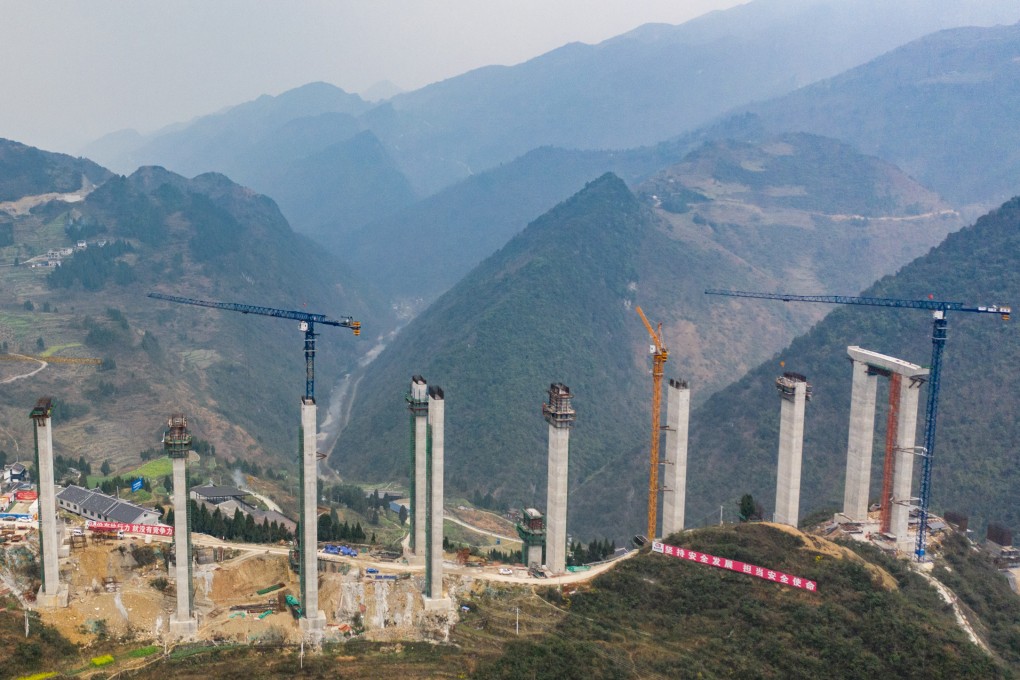China’s debt-saddled regions owe far more than they can pay back without Beijing’s help
- Figures show the extent of fiscal losses in some Chinese provinces and municipalities as investments have slumped and revenue wanes
- Questions remain about the effectiveness of Beijing’s fresh debt-swap plan to let local governments issue special bonds to pay off debt

Some of China’s most indebted provinces and municipalities appear to be facing their moment of reckoning. With governments in such regions having yet to devise clear plans to restructure or reduce debt, investment and economic growth are already sputtering.
Tianjin, one of China’s four municipalities directly under the administration of the central government, saw its fixed-asset investment slump by more than 20 per cent in the first three quarters of 2023, year on year, bringing its gross domestic product (GDP) growth – 4.6 per cent in that period – below the national average of 5.2 per cent.
The city’s property-development investment in the first nine months of the year almost halved, year on year – a sign of less fiscal revenue, including from land sales, as fewer people buy homes.
Its infrastructure investment, usually led by the government, also dropped by 12.6 per cent in the period.
The total debt owed by Tianjin’s government reached 864.55 billion yuan (US$118 billion) by the end of 2022, according to Guangdong-based Yuekai Securities, while Tianjin’s total fiscal revenue – including transfer payments from the central government – was less than 300 billion yuan last year.